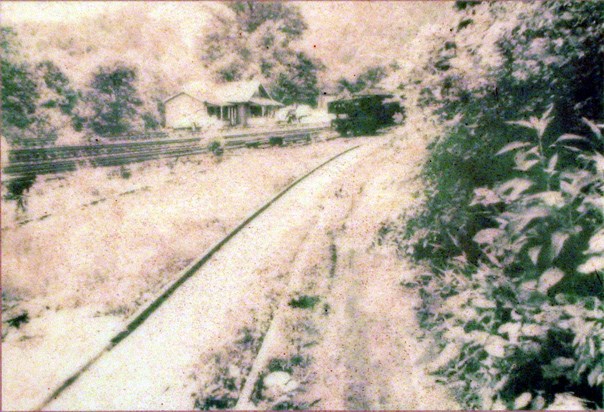
"...the end of the World" Blue Heron created a string of impressions for those who just went there to live or work. They had moved there from other coal camps in the Stearns Company or in the region. When some arrived, they thought the landscape was beautiful, but those who were accustomed to the vast expanse of mountains, river and woodlands paid more attention to that all-metal tipple and the hope of good mining. Still others, particularly the women, resented the isolation, being near the tipple, the lack of transportation in and out and the pervasive dirt and noise of the screening operation. Some had breathing troubles there, but others merely objected to the small size and remoteness of the camp. Men, more than women, seemed to enjoy it there. It appealed to the mountaineer spirit and the love of tramping the mountains, good friends and the camradery of mining. It meant independence and good fishing along the river. Some loved Cooperative Camp because it was a clean and "open" feeling. It was a camp with more people, more entertainment and activities and more friendliness in general. Other people favored Fidelity because it was a prettier camp but still had the natural wildness associated with Blue Heron, but without the dirt and rattle of the big tipple. Others admitted Blue Heron's beauty; some claiming it to be best kept, others saying it was a pretty place with flowers in the yard, vegetable gardens, a few cows and goats kept by some and a few tree trunks painted to give a sense of brightness to the spot. No one, however, seemed to prefer it to where they had worked or lived before. When one old timer declared his preference for Blue Heron to other camps, his son retorted, "You must not have heard him right, Dad".
|
Last updated: April 14, 2015
